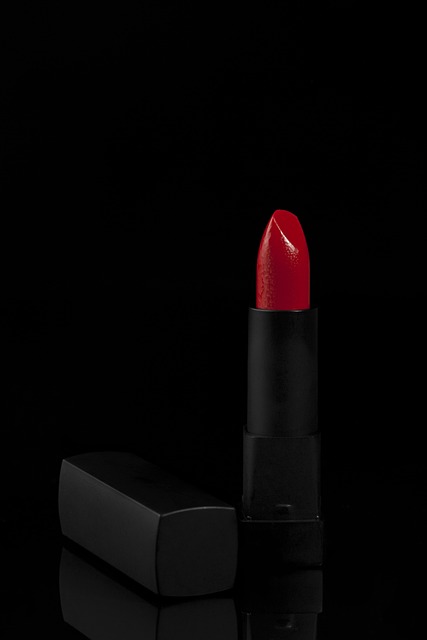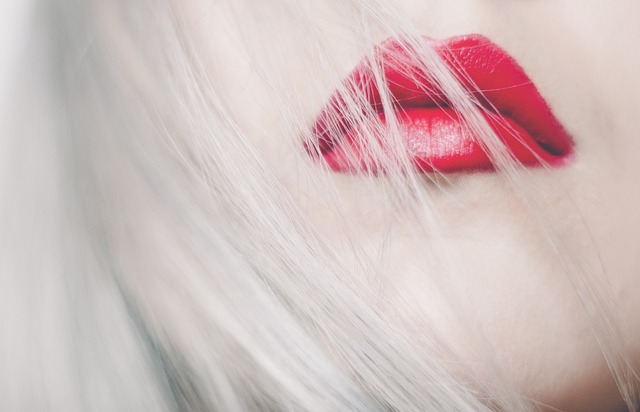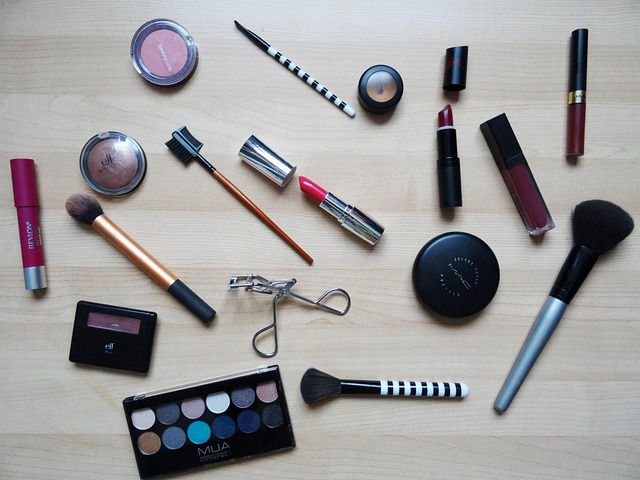Red lipstick, a staple in beauty routines, is more than meets the eye—it's a complex blend of natural and synthetic components. Key ingredients like iron oxides, carmine, waxes, and fatty acids ensure vibrant color, smoothness, and longevity. However, traditional lipsticks may contain harmful substances like lead and parabens, prompting consumers to seek safer, natural alternatives. Modern cosmetic brands now offer plant-based, ethically sourced red lipsticks with enhanced textures and staying power, appealing to those who prioritize both beauty and sustainability.
Red lipstick, a staple in many makeup collections, is more than just a color; it’s a blend of science and artistry. This article delves into the intricate composition of lipsticks, shedding light on the common chemicals that give them their vibrant hue and texture. We explore the functions of these ingredients, from waxes for consistency to pigments for color. Additionally, safety considerations and potential health risks associated with certain chemicals are discussed, followed by an overview of natural alternatives and modern innovations in the industry.
- The Composition of Lipstick: An Overview
- Common Chemicals in Red Lipstick and Their Functions
- Safety Considerations and Potential Health Risks
- Natural Alternatives and Modern Innovations
The Composition of Lipstick: An Overview

Lipstick, a staple in many makeup routines, is more than just a pigment and wax blend. The composition of lipstick involves a complex mix of ingredients designed to enhance the appearance and feel of lips. Red lipstick, a popular choice, typically contains a combination of dyes, pigments, emollients, and preservatives. Dyes and pigments provide the vibrant red color, while emollients like beeswax and candelilla wax ensure the lipstick glides smoothly and provides moisture, preventing dryness.
Preservatives are added to maintain the product’s freshness and stability. Some lipsticks also incorporate vitamins and antioxidants to nourish the lips, as well as flavorings for a pleasant taste. The exact formula varies among brands, with some offering matte finishes, others glossy, and still, others with long-lasting wear. Understanding these components is crucial when choosing a lipstick that not only suits your style but also considers the health of your lips.
Common Chemicals in Red Lipstick and Their Functions

Red lipstick, a staple in many makeup kits, is more than just a color; it’s a blend of various chemicals that contribute to its vibrant hue and performance. Common ingredients include pigment-rich minerals like iron oxides, which provide the intense red color. These natural pigments are safe and highly opaque, ensuring a lasting shade on the lips.
Additionally, synthetic dyes such as carmine or red 40 are often used to achieve deeper, more vivid reds. They enhance the lipstick’s durability, making it resistant to smudging and fading. Other chemicals like waxes (cera alba, beeswax) serve as binders, holding the pigmented mixture together and providing a smooth texture. Fatty acids, like those derived from palm oil, act as moisturizers, preventing dryness and chapping of the delicate lip skin. These chemical components work in harmony to create the perfect red lipstick experience.
Safety Considerations and Potential Health Risks

When it comes to beauty products, especially vibrant and popular items like red lipstick, safety considerations are paramount. While most lipsticks contain a mix of waxes, oils, and dyes, some ingredients can raise concerns about potential health risks. Key substances to look out for include lead, parabens, and certain synthetic dyes, which have been linked to various adverse effects.
Regular exposure to these chemicals in lipstick could lead to issues such as skin irritation, allergic reactions, or even long-term health problems. For instance, lead is a toxic metal that can accumulate over time, while parabens, commonly used as preservatives, have been associated with hormonal imbalances. Therefore, it’s crucial for consumers to be aware of the ingredients in their makeup, especially red lipstick, and opt for products that prioritize safety and quality.
Natural Alternatives and Modern Innovations

In recent years, there’s been a growing trend towards seeking natural alternatives for everyday beauty products, including red lipstick. Many traditional lipsticks contain synthetic ingredients and chemicals that have raised concerns about their potential impact on health and the environment. As a response, cosmetic brands are now offering safer and more sustainable options made from plant-based extracts, essential oils, and mineral pigments. These natural alternatives provide vibrant colors without compromising on quality or performance.
Modern innovations in lipstick formulation have led to the development of unique ingredients like carnauba wax, beeswax, and shea butter, which not only enhance the texture and staying power but also nourish and protect the lips. Additionally, brands are incorporating organic agricultural practices and cruelty-free certifications to ensure that their products are ethically sourced and produced. This shift towards natural and innovative lipsticks caters to consumers who desire both beauty and sustainability without compromising on their values.
Red lipstick, a staple in many beauty routines, is more than just a cosmetic—it’s an intricate blend of chemicals that enhance our natural features. From waxes for texture to pigments for color and emollients for hydration, each component plays a crucial role in creating a vibrant, lasting effect. While synthetic ingredients have been the norm, growing awareness of potential health risks has sparked interest in natural alternatives. Exploring these options alongside modern innovations ensures that we can still enjoy our favorite shade while making informed, safer choices.
